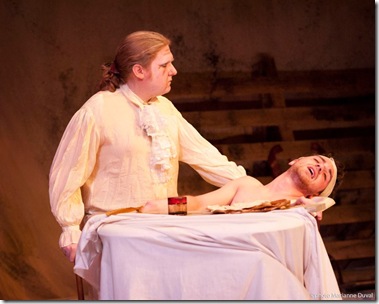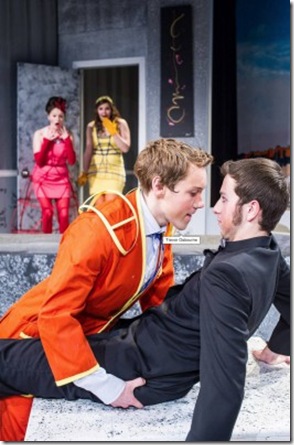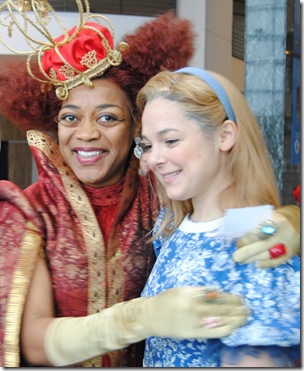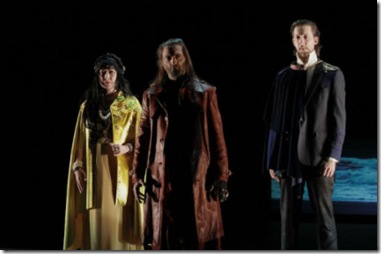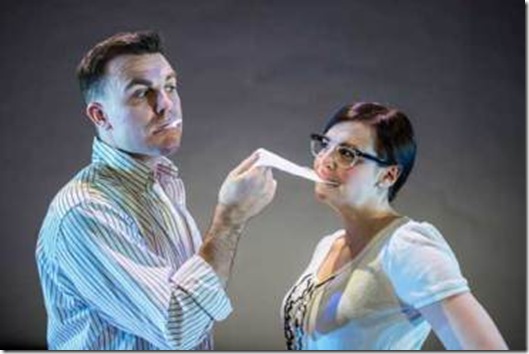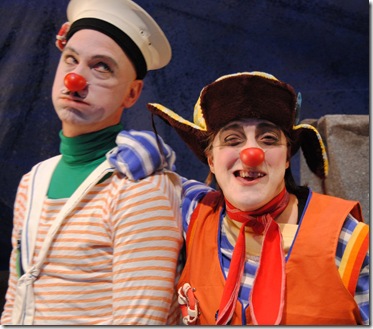Tough: George Walker’s battle of the sexes becomes electrifying theatre
George Walker’s Tough, presented by the students of the Algonquin College Theatre Arts programme was an impressive evening that allowed three talented young people, under the excellent direction of Mary Ellis, to bring extremely sensitive performances to the stage! Originally produced in Vancouver but written in 1992, Tough involves Tina and her 19 year old boyfriend Bobby, who are in the middle of an energetic confrontation in a playground littered with garbage. The set emphasizes the confusion and material difficulties of these individuals. Tina is accompanied by her tough talking and aggressive girlfriend Jill and together, both women verbally assault Bobby, always controlling their tempers so they won’t go completely overboard and “kill” him. They bully the young man, accuse him of being a coward, a wimp and a cheat, while Bobby, appearing to be in fragile health, tries to defend himself. As we quickly learn , he did have a moment of indiscretion with another girl at a party that set off the fight but the discussion takes on a new urgency when we learn that Tina is pregnant and she is hoping Bobby will react in a kinder more responsible way.
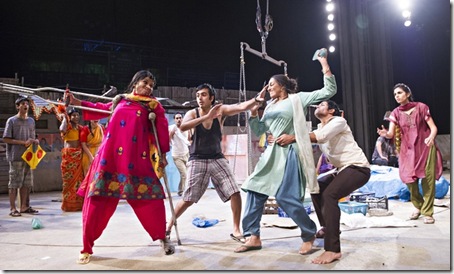
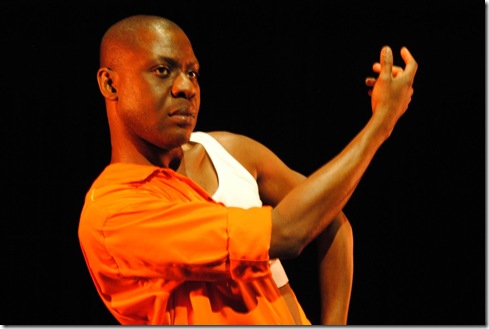 Tawiah M`Carthey. Photo Barb Gray.
Tawiah M`Carthey. Photo Barb Gray. 